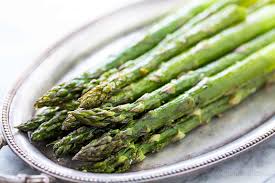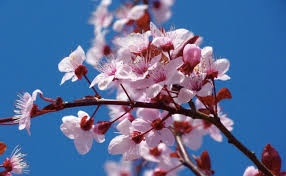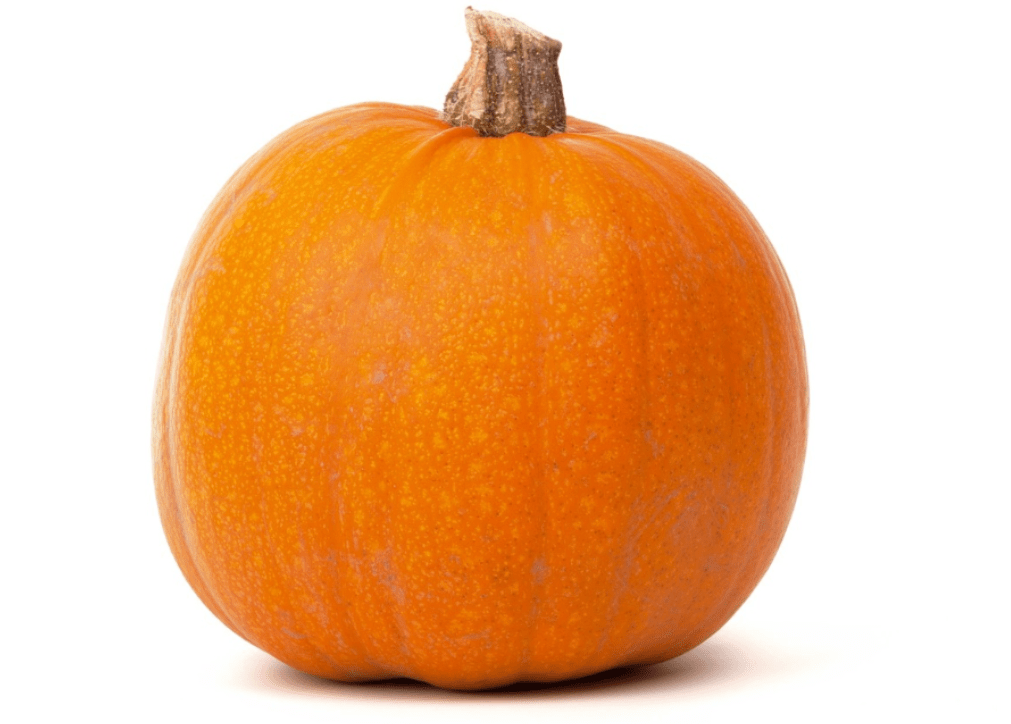These days are not easy, for all of us. They are also not easy for anyone in quarantine or ill, god forbid.
Even for those who are not at risk, such as children and young people with no background diseases, it is not easy to step out of routine and into uncertainty. The uncertainty may be just as bad as the health danger of the Corona virus – No one really knows how things will develop from here on out, and naturally there is a sense of apprehension. Also, the fact that we are all sitting at home, some of us working while taking care of children, some of us on unpaid leave – is all very difficult.
After all, we are social beings, we need the occasional hug and some human eye-contact in order to keep it all together. Some of these – we cannot do, but some we can do: wash our hands frequently, breath deeply, treat ourselves and the whole situation with sympathy – and remember how our diet can help our body become stronger, and less weak.
Throughout history, humanity has dealt with large-scale morbidity more than once. With epidemics, as well as with bacteria and viruses that did not cause large scale damage as to earn them the news headline, mankind's desire to survive caused them to take notes of actions that seemed to help other groups survive. With the advancement of technology, medicine, and other human capabilities tagged under "progress," these materials acquired descriptions, such as antiviral and anti-bacterial.
Not all materials received the same amount of attention from the scientific world, yet their use in traditional medicine is not detracted. Let's review and remember what we know about using plants for giving bacteria and viruses a good fight.
One of the first plants to come to mind when thinking of a food that keeps away bacteria and other hobgoblins such as viruses, fungi, intestinal worms and even vampires – is of course the garlic. The active ingredient in it is allicin, a phytochemical that protects the garlic from the greedy jaws of predators, who would prefer to eat something else rather than the pungent spicy bomb that the garlic will release in their mouths.
Garlic also speeds up digestion, improves cholesterol processing processes and prevents it from depositing (therefor is also good for maintaining cardiovascular health), eliminates mucus, lowers blood sugar levels and helps relieve menstrual pain.
But back to our business – It is a powerful weapon in the war against viruses. Remember never to consume it on an empty stomach, because its active ingredients are very powerful. However, it is important to chew it, because the active material is released when chewing or grinding the garlic. When grinding, try to eat as fast as possible because the active ingredients lose their effectiveness with time.
Personally, I take my garlic (when dry, before the first fresh green garlic deliveries arrive) in what I call a "Romanian style spread" – 5 crushed garlic cloves, 2 tablespoons of olive oil, some salt and a spoonful of vinegar. That’s it. For some reason, I can eat this stuff when smeared on toasted bread, and sometimes even without the bread. If the taste is too strong for you – you can combine it with shakshuka, or with avocado and lemon.
There are, of course, plenty of other good vegetables, which deserve our attention and should be incorporated into our diets during crazy times like these I'll keep them – for the next newsletter…
To health – and take care!
Yours,
Maggie's Garden Team
Forecast:
In the ORGANIC vegetable baskets we expect (draft only):
Cucumber
Tomato
Lettuce
Potato
Onion
Pepper
Parsley
Cabbage
Swiss Chard
The Large organic vegetable baskets also include:
Colrahbi
Coriander
Kale
In the ORGANIC fruit baskets:
Bannana
Orange
Melon
The large ORGANIC fruit baskets also include:
Papaya
Clementine
The ORGANIC Green Basket:
Dill
Spinach
A kind of lettuce
Mint
Sprouts
Swiss Chard
Kale
Argula












